Bangladesh is likely to face more hurdles in the race to grab a bigger share of the global apparel market as the Indian government plans to step up its financial assistance to garment exporters.
The Indian government’s confidence that it could capture a bigger slice of the $800 billion global market was renewed when it noticed that some work orders had been shifted away from Bangladesh and arrived at its doors last year.
A few international clothing retailers and brands opted to shift work orders away from Bangladesh as local exporters were facing challenges in timely production, shipment, raw material imports and transportation owing to political turmoil as a result of the student-led mass uprising in July.
The impasse, which began in July and ended with the ouster of the Sheikh Hasina-led Awami League government on August 5 last year, left exporters with their hands tied.
A brief period of instability in the immediate aftermath, which featured spates of labour unrest and closure of a significant number of factories for two to three months, only added to those woes.
A crippling energy crisis, which has prevailed over the last two years, also left many big units operating below capacity.
Moreover, the timing of the “July Revolution” could not have been worse for the garments sector.
July, August, September and October, also represent the peak time for both production and shipment of goods meant for Christmas sales in the Western market, the most important sales season.
This meant local exporters faced tremendous pressure to transport and ship goods. Those who could decide to opt for the expensive route of air shipments, if only to meet deadlines.
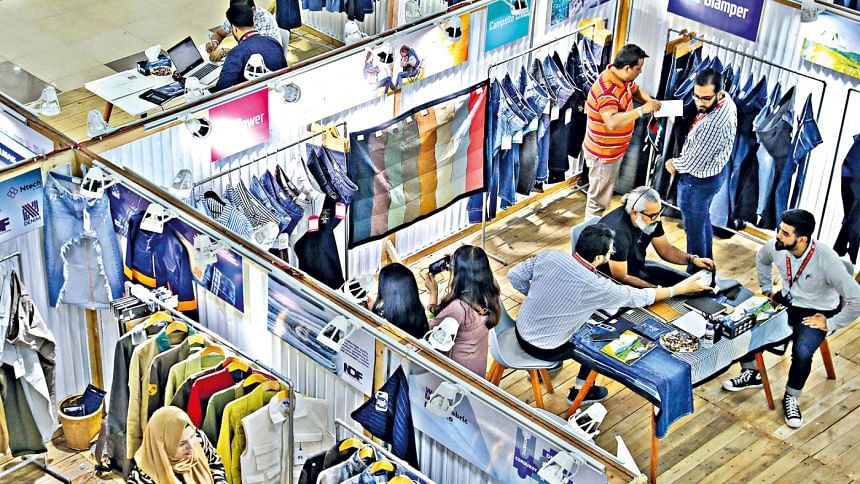
Data shows that Bangladesh’s exports to major markets are declining as retailers and brands seek alternative destinations while apparel shipments from India, especially to European countries and the US, have been on an upward trend.
Bangladesh’s garment exports to the US fell 0.46 percent to $6.7 billion between January and November last year while India’s rose 4.25 percent to $4.4 billion, data from the US Office of Textiles and Apparel showed.
On a brighter note, local exporters say that work orders that had shifted away from Bangladesh to other countries, especially to India, are now coming back as normalcy has started to restore in industrial hubs and the law and order is gradually improving.
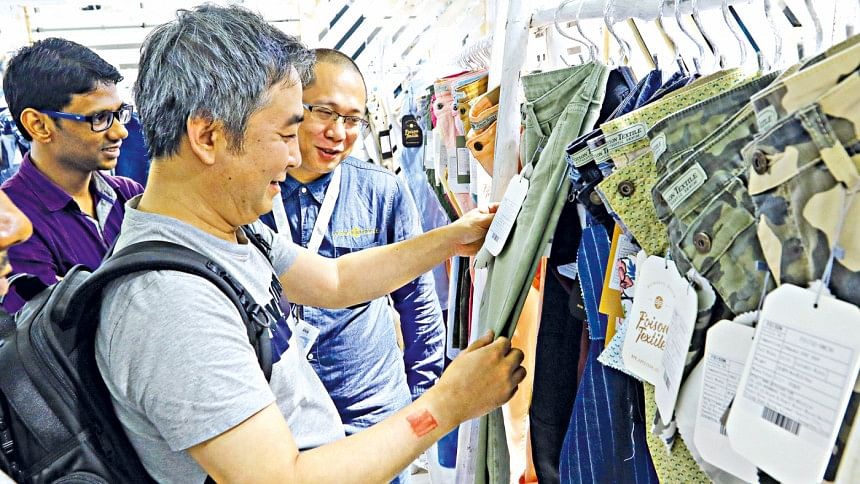
However, the Indian government, which has been providing plenty of financial incentives to its apparel sector for a long time, is keen to capitalise on the opportunity.
Currently, there are some major government schemes to improve the Indian textile sector, which employs an estimated 45 million people. These include various funds, including those for technology upgradation, skills development, capacity building, and infrastructure and power development. Alongside that, there are production incentives and facilities that provide remission of duties.
Yet, Mithileshwar Thakur, secretary general of India’s Apparel Export Promotion Council, told Reuters last week that exporters were finding it difficult to meet the rush of orders in the last few months.
As such, the country has lined up some new initiatives to facilitate garment manufacturers and exporters in the upcoming budget for FY26, which will be placed in parliament soon.
For example, the government is considering increasing the textile ministry’s budget allocation by 10-15 percent from the current 44.17 billion rupees ($511 million), a government source privy to discussions told Reuters.
The Indian government may also raise the allocation for production-linked incentives for the textile sector to around 600 million rupees from 450 million rupees for the current fiscal year, the source told Reuters.
Under this scheme, the government offers tax incentives and other concessions to companies choosing to manufacture locally.
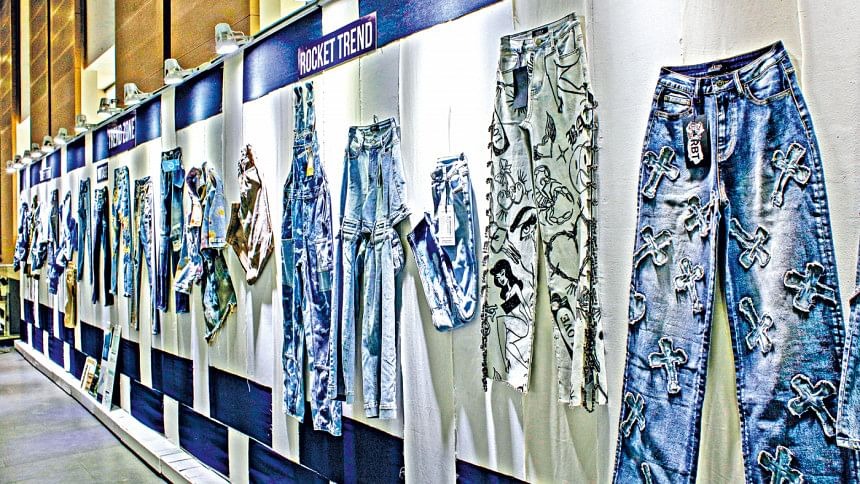
Tariff cuts on raw materials such as polyester and viscose staple fibre, along with textile machinery, are also under consideration, a second government source told Reuters.
Import tariffs are currently in the range of 11-27 percent on fibre, compared to almost zero in Bangladesh, impacting Indian garment exporters, Reuters said.
Requesting anonymity, a high-end European garment retailer that has been sourcing products from Bangladesh for many years said a few work orders had shifted from Bangladesh to India due to the recent political instability.
“They said they could feel the uncertainty and instability,” the retailer said, hopefully adding that those buyers would return with work orders if they felt that the political situation had stabilised.
On the other hand, Bangladesh has cut export subsidies for almost all sectors to reduce pressure on state coffers and encourage exporters to prepare to compete on the global stage without state support after the country graduates from least developed country (LDC) status in 2026.
In FY24, the Bangladesh government provided cash assistance ranging from 1 percent to 15 percent on export earnings to sharpen the competitive edge of local exports on the international market, which represented a 5 percent slash from the previous highest rate of 20 percent.
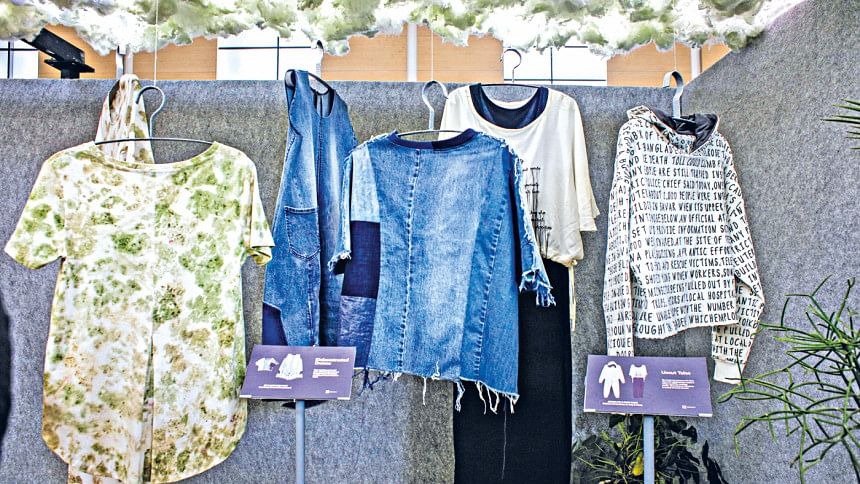
The benefit only shrunk further in FY25, with the maximum rate being set at 10 percent and the minimum at 0.3 percent, the Bangladesh Bank said in a notice. Moreover, benefits under the Export Development Fund (EDF) have also been slashed despite rising costs of production.
Currently, Bangladesh is the second-largest global garment exporter after China, grabbing 7.4 percent of the market share and exporting $38 billion worth of items, according to data from the World Trade Organization (WTO). As per the data, India is fifth-largest, shipping $15 billion of items to claim a 3 percent market share.
Faruque Hassan, a former president of the Bangladesh Garment Manufacturers and Exporters Association (BGMEA), said the shifting of work orders from Bangladesh to India happened mainly due to the political crisis.
However, he also believed that the anticipated imposition of high tariffs on Chinese goods by the Trump Administration in the USA may have also played a role for the rise in work orders in India.
A lot of work orders are shifting from China to other countries as there is a possibility that the US will levy higher duties on Chinese imports, he explained, adding that Bangladesh was also a beneficiary of the development.
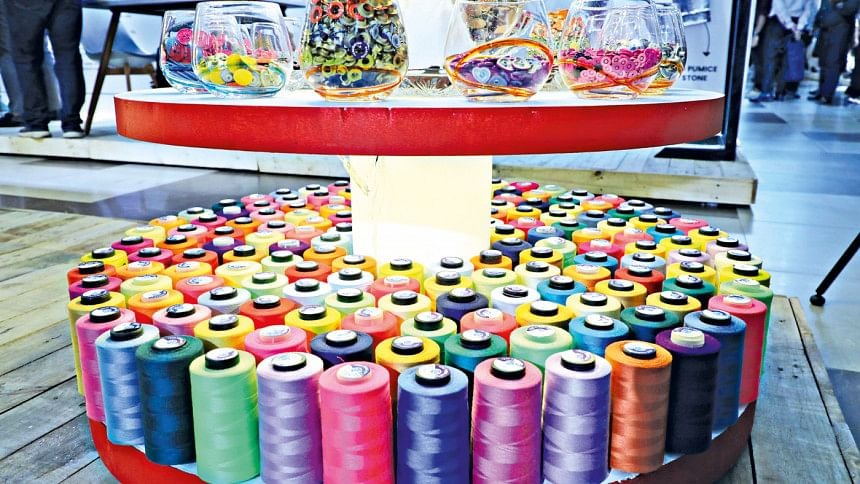
Even two years ago a lot of work orders were shifted to Bangladesh from India, Pakistan, Myanmar and Ethiopia because of better prices and quality and catering capacity in a better business environment.
Hassan also reminded that international retailers and brands do not want to put all their eggs in one basket.
He also backed the local sector, saying local exporters faced tremendous pressure last year but are still performing well because they have a higher installed capacity for both garment and primary textiles.
Moreover, the international retailers and brands have confidence in Bangladesh because the country has demonstrated its capacity to cater to large volumes of work orders, Hassan added.
Moreover, Bangladesh has diversified and a significant amount of exported items are now high-end value-added items, which attracts retailers and brands.
Due to such factors, Bangladesh’s export trend is now on an upward trajectory, with garment exports growing since June, when it recorded a sharp year-on-year drop of 10.48 percent to $2.97 billion.
Garment exports began to recover by July, growing 2.89 percent to $3.17 billion, according to data from the Export Promotion Bureau (EPB). This steady rise continued as exports grew 7.20 percent to $3.32 billion in August and 14.6 percent to $3.01 billion in September.
The largest recent increase was seen in October, when exports jumped 22.80 percent to $3.29 billion, but steady growth is continuing. Garment exports grew 16.25 percent to $3.30 billion in November and 17.45 percent to $3.77 billion in December.
So, the export trend suggests that Bangladesh has been performing well despite the odds.
Former BGMEA President Hassan also added that India has not only been providing financial assistance but has also launched an aggressive marketing drive to grab more of the global market.
For example, the country is arranging a mega-expo called “Bharat Tex 2025” in Delhi in February this year. It will be India’s largest textile expo and will be designed to attract more buyers and business.
Selim Raihan, a professor of economics at the University of Dhaka and executive director of the South Asian Network on Economic Modeling (Sanem), said it is true that some work orders have shifted from Bangladesh to India because of the political crisis.
However, he added that the Indian government has been trying to increase apparel exports for many years but has not performed well since its labour laws are more stringent and wages are higher compared to Bangladesh.
In India, labour unions are also strong, he explained.
He also added that the incentives that the Indian government is planning to offer to exporters must comply with WTO guidelines. Otherwise, the competitor countries will protest, he said.
















